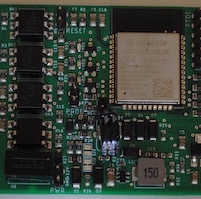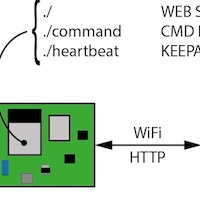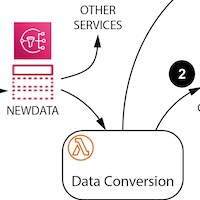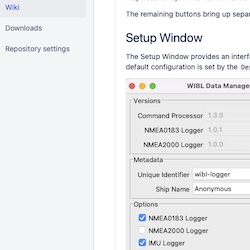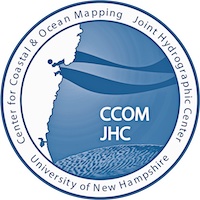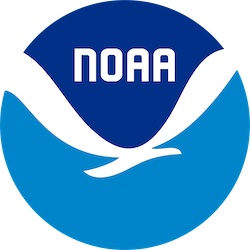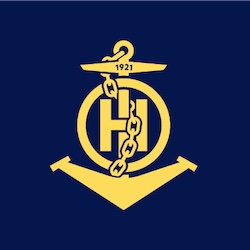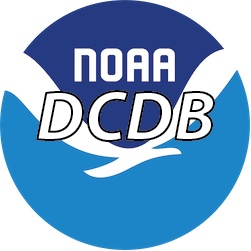A Low-cost Data Logger for Volunteer Bathymetric Information
The Wireless Inexpensive Bathymetry Logger (WIBL) project aims to provide a full-stack solution for collecting bathymetric (depth) data from volunteers with a GPS and echosounder as part of their routine survey. This includes design for an easily constructed, very low-cost hardware logger to interface with standard NMEA0183 and NMEA2000 interfaces commonly found on ships, the firmware for the logger, a mechanism to transfer data into the cloud, and a cloud-based processing system. The whole system has been demonstrated with the International Hydrographic Organisation's Data Center for Digital Bathymetry as the destination archive, and generates files as required by the archive for ingest. Consequently, any implementation of the WIBL project for data collection automatically creates data that will be accepted by the archive for long-term storage. It contains everything required to be a DCDB Trusted Node. To facilitate implementation, the whole project is open source under the MIT License.
The WIBL project is intended to be cloned by anyone, or any organization, that wants to collect volunteer data so that collection can be scaled without a central organization controlling the process. The full-stack solution allows for full control over your own data, but at the same time ensures that your data is generated in the right format for you to contribute it to the international database so that it can be aggregated with everyone else's contributions, and used for projects like Seabed 2030. The project is highly customizable, so you can for example run the processing locally rather than in the cloud, you can change the hardware, add functinality as required, and you can modify the processing path to meet your specific needs. We would also be happy to accept pull requests for the project! Please contact us for more details.
The WIBL project was initially developed at The Center for Coastal and Ocean Mapping/NOAA-UNH Joint Hydrographic Center at the University of New Hampshire, with grant support from NOAA.

